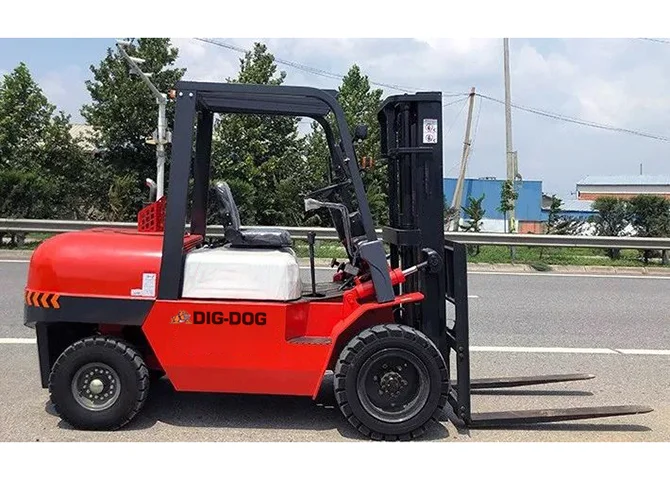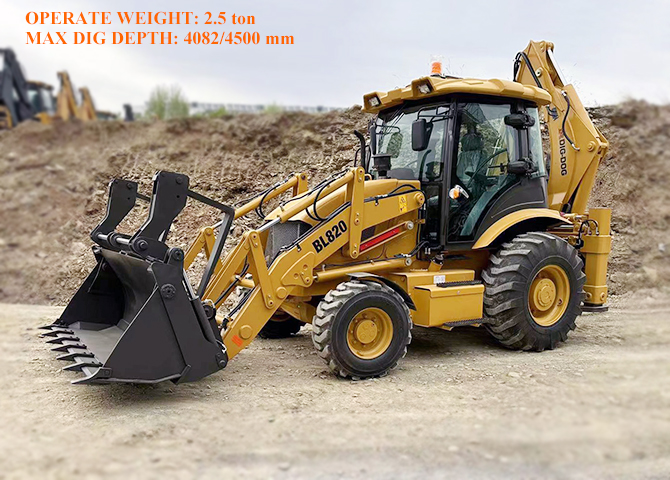 A Ultimate Guide to Clamp Forklifts and Attachments
A Ultimate Guide to Clamp Forklifts and Attachments
Apr .22.2024
Enter the clamp forklift – a versatile solution designed to tackle the challenges of handling irregularly shaped or delicate loads with ease. They offer a reliable means of securing, lifting, and transporting a wide range of materials, from barrels to cartons to oddly shaped items. In this ultimate guide to clamp forklifts and attachments, we'll delve into the world of clamp forklifts, exploring their functionalities, applications, and the diverse range of attachments available.
 How To Choose The Right Compact Wheel Loader
How To Choose The Right Compact Wheel Loader
Apr .16.2024
Discovering the ideal compact wheel loader entails considering various factors, from size and bucket capacity to engine power and hydraulic systems. Contact DIG-DOG machinery factory today to explore the range of options and find the compact wheel loader that perfectly suits your needs. When navigating through your choices, remember the crucial aspect of understanding "how to choose the right compact wheel loader," ensuring that your investment aligns perfectly with your operational requirements.
 How Much Does a Forklift Weigh?
How Much Does a Forklift Weigh?
Apr .10.2024
For instance, a forklift with a rated capacity of 1 ton may have a self-weight of around 2 tons, while a forklift with a rated capacity of 2 tons may weigh around 3.5 tons. Typically, internal combustion forklifts can range in weight from 1 ton to 10 tons, with load capacities varying from 1 ton to 5 tons.
 How Much Does a Backhoe Weigh
How Much Does a Backhoe Weigh
Apr .09.2024
Depending on the model, the machine weight of a DIG-DOG backhoe can range from approximately 3.5 to 9.3 tons. A heavier machine provides more traction and stability when working on softer terrain. A lighter loader delivers better results when you're concerned about maintaining surface integrity.





 A Ultimate Guide to Clamp Forklifts and Attachments
A Ultimate Guide to Clamp Forklifts and Attachments
 How To Choose The Right Compact Wheel Loader
How To Choose The Right Compact Wheel Loader
 How Much Does a Forklift Weigh?
How Much Does a Forklift Weigh?
 How Much Does a Backhoe Weigh
How Much Does a Backhoe Weigh